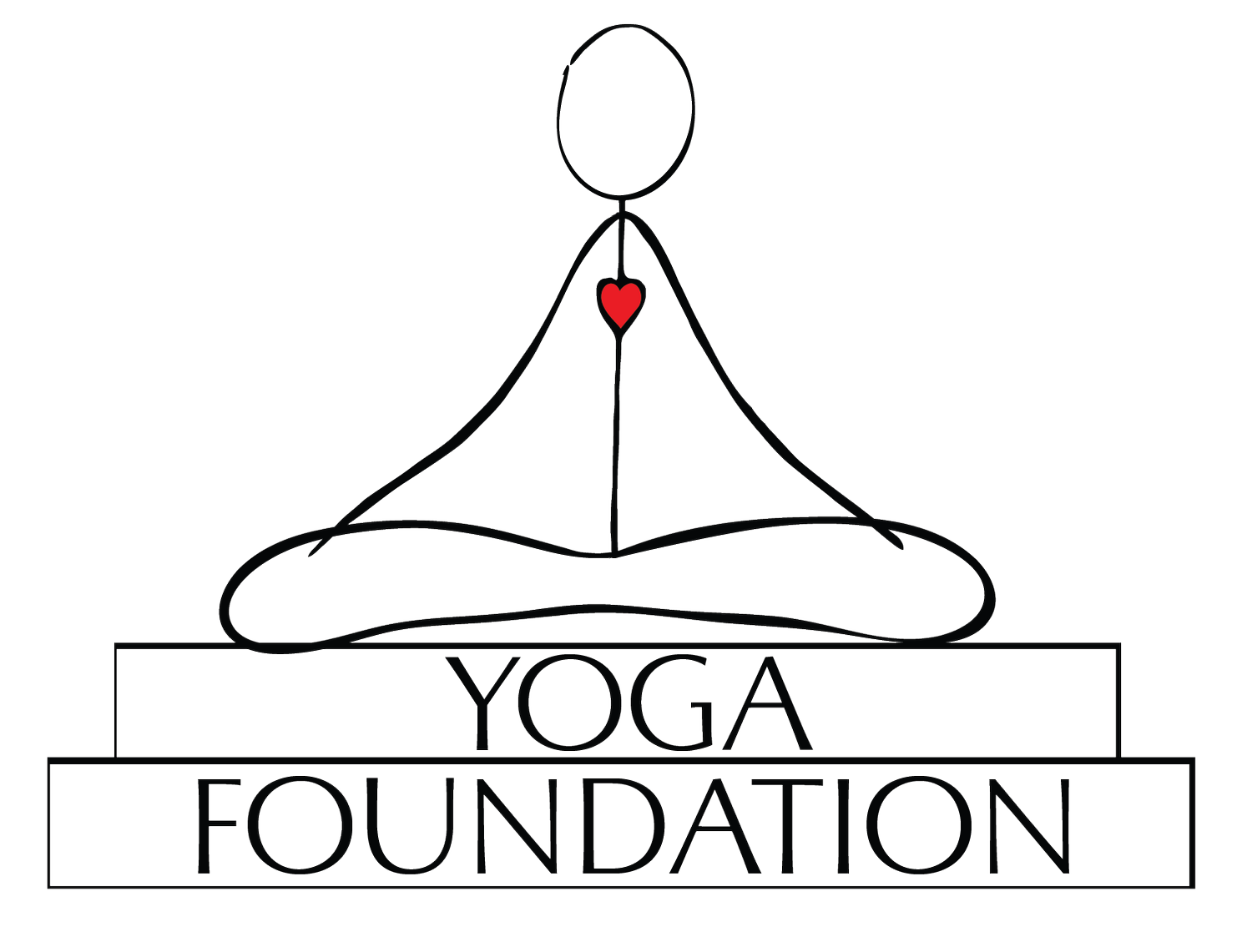Long shadows, bright sun
The sun's positioned to shine brightly in our eyes right now
Walking outside, the characteristically long shadows of winter remind me of our own shadows, often front and center now as we move through holidays and the sudden calm after the storms. Faced with relative stillness, we face the multitudinous dimensions of ourselves. Presence and vacancies, memories of this and many years, and our wishes and goals for 2024, both fulfilled and unfulfilled greet us.
Yet, also, have you faced the sun or driven toward it or even sat inside meanwhile it shined into the window? It's unbearably bright radiance, as it stays lower on the horizon bombards us with the brightest light in the midst of the quieter, internal rest of the winter season. We are fortunate to have this visual reference point available as a metaphor for our winter's spiritual work, and our winter semester courses to light a path ahead this season.
A set of internal extremes we can manage through Yoga gift us with the extraordinary states of balance we dream of. These extremes are called rajas and tamas, polar opposites on a spectrum of extreme activity and inertia. All of Yoga’s practices aim to regulate our Guna-s, as they are called, qualities inherent in all matter, from rocks to rats, from minds to meteors, from trees to tracheas.
At one end of the scale is extreme activity, like anxiety, frustration, rage, impact of hormonal surges, caffeine rushes, extreme excitement, hyperactivity, excess sensory stimulation. Not sustainable states, nor do we want them to be. On the other side is depression, exhaustion, burn out, lethargy, self-doubt and sabotage, grief, mental stagnation, disappointment, attachment to unattainable outcomes, physical exhaustion, chronic illness. Not sustainable states, nor do we want them to be.
Both are necessary for the totality of our life activities from birth to death. In balance, they uncover the third guna, sattva, lightness, illumination, clearness and harmony. Their influence within our respective experiences require serial practice and continual, honest self-reflection, and our ability to reduce rajas and tamas require subtle engagement with the tools of Yoga and ourselves.
Neither rajas nor tamas are meant to be removed, but temporarily modulated to serve our current dharma-s, needs and activities. We need rajas to meditate, for example, or we’ll fall asleep. We need tamas to listen to others in conversation, lest we drift off. Tamas must be reduced in the morning, for example, to get out of bed and get to life work. Rajas must be reduced at night, to fall asleep, and stay asleep.
Once we practice appropriate Yoga appropriately, not only do we begin to know ourselves from a guna perspective, but we also begin to regulate these aspects of our prakrti. How? Through āsana and prāṇāyāma. Āsanena rajo hanti. Āsane kills rajas. All the extra rushing, frazzle, anxiety and restlessness can be tamed through well-conceived āsana, as laid out by Patanjali. It destroys tamas, the heaviness of being caused by many factors of modern life, including chronically being in the rajas state.
Prāṇāyāma is to be done with a Sattvic mind; however, we don’t have that. Through Patanjali’s directives, as well as those laid out in Hatha Yoga Pradipika, being spoken of here, we have two distinct ways for sustainable diminishing of excess rajas and tamas: āsana and Īśvara praṇidhāna - a sense of continual surrender to this process, with lightness of being and faith in its efficacy. Thereby, the subtle impurities that reside in the nādī-s, causing cyclical pleasure and pain cycles, will also be destroyed. Not without continual practice, as we know, especially around this holiday time of year. The interplay of the sun and the shadows is the perfect time to dig into your microcosm, supported by nature itself, your home for the holidays, and every day.
